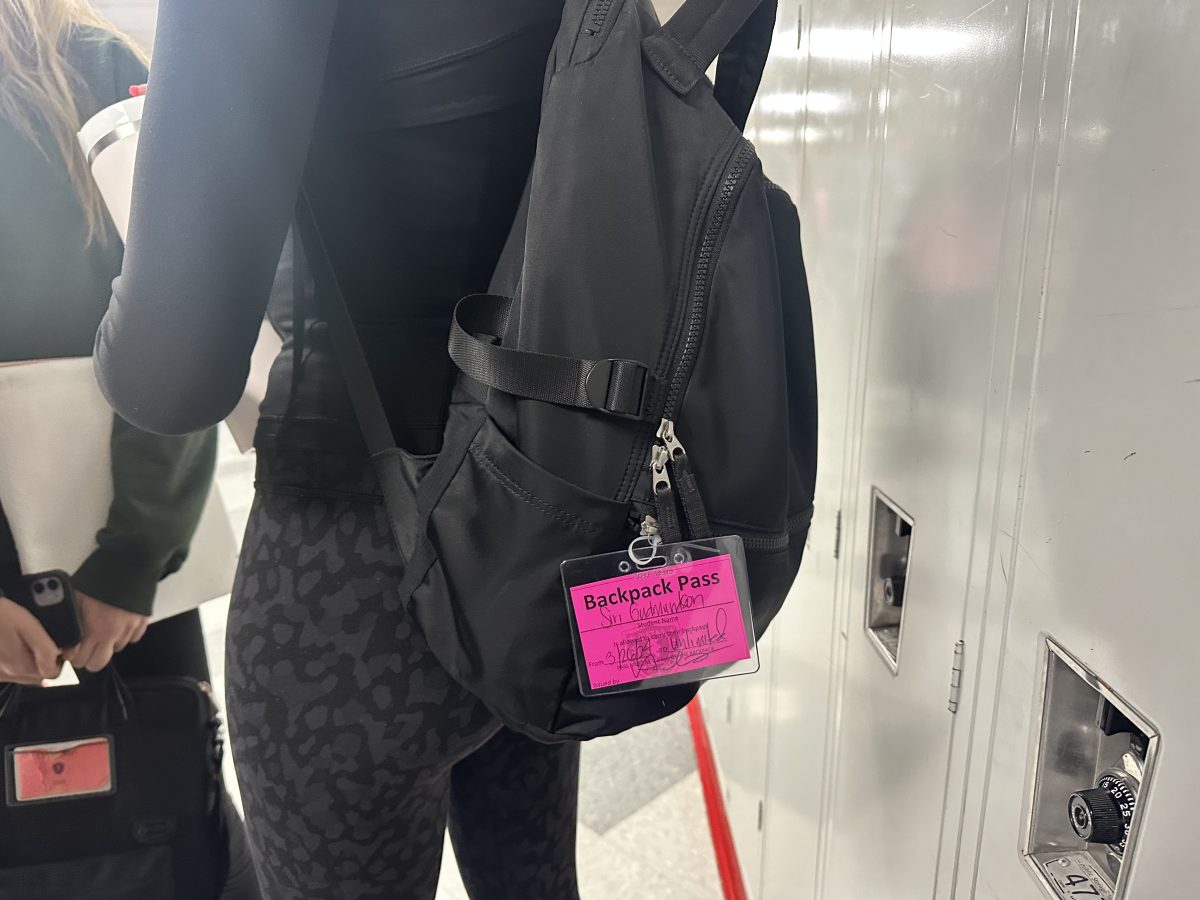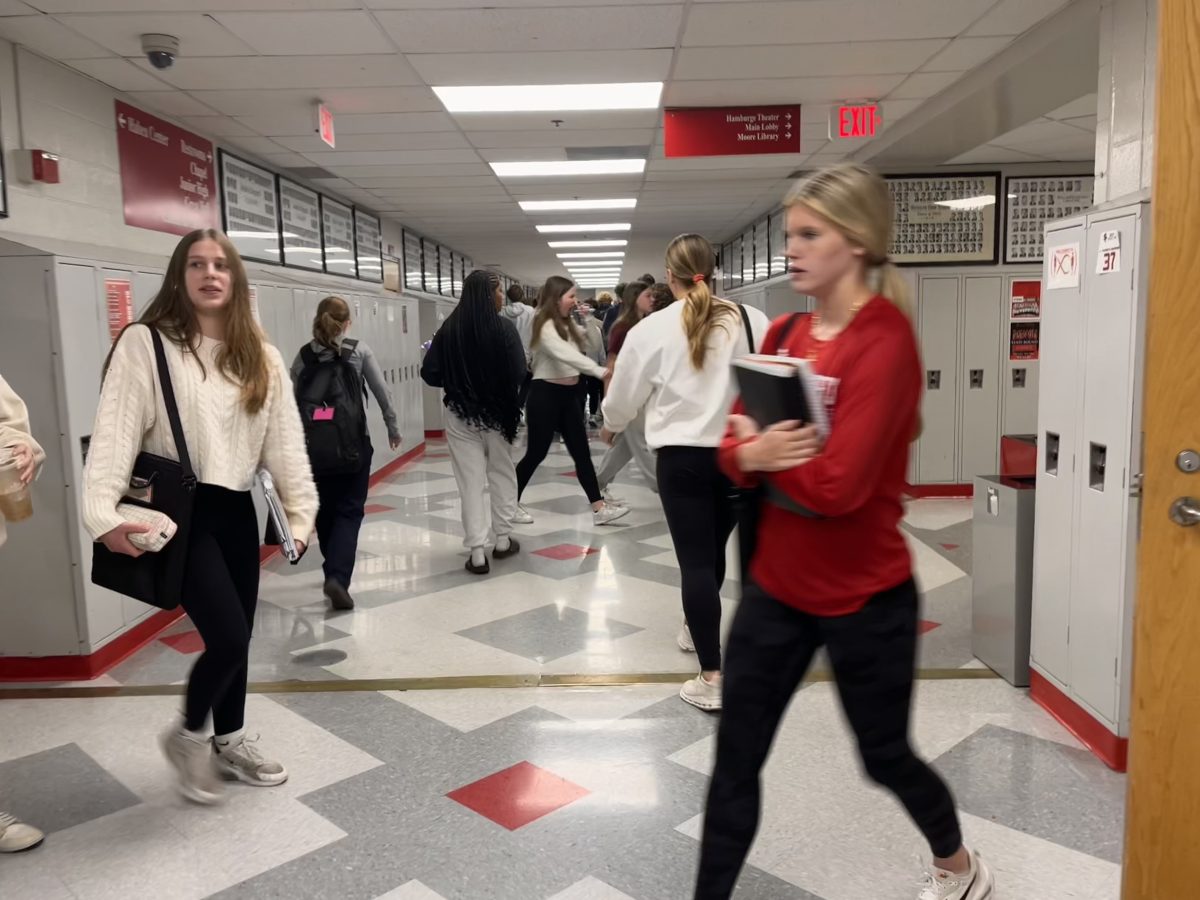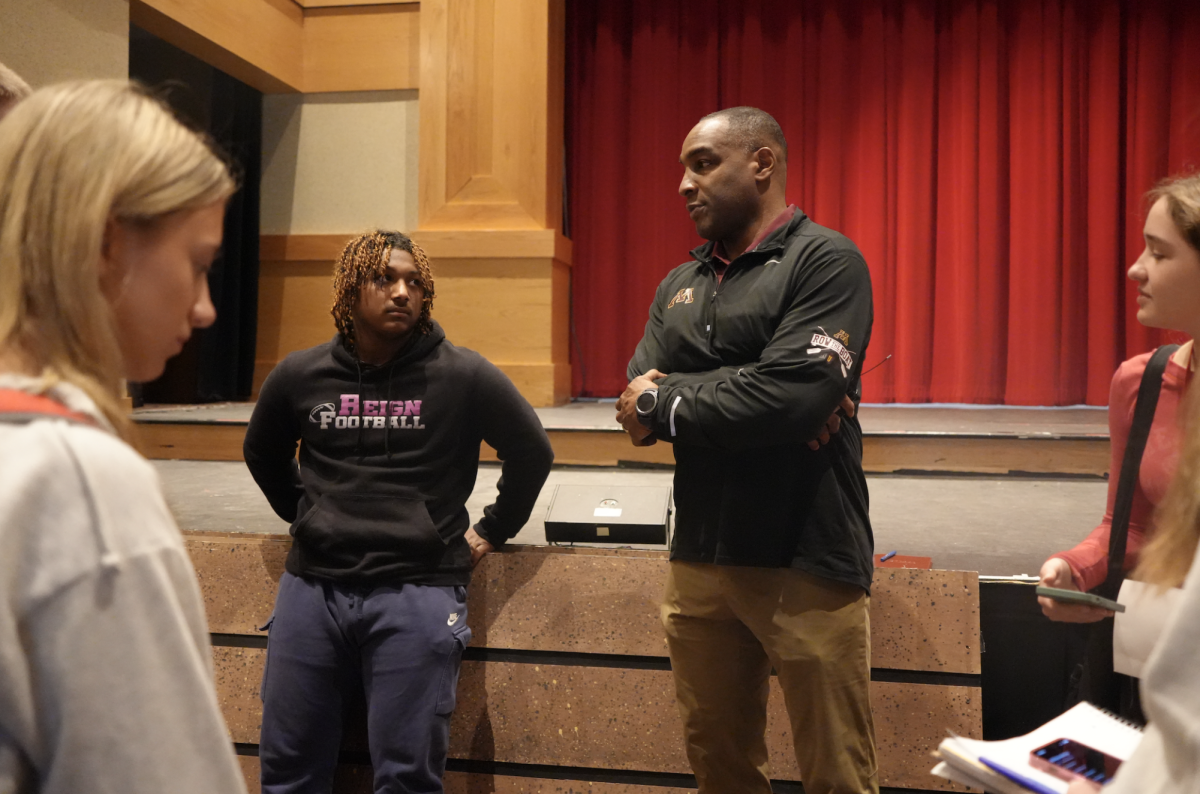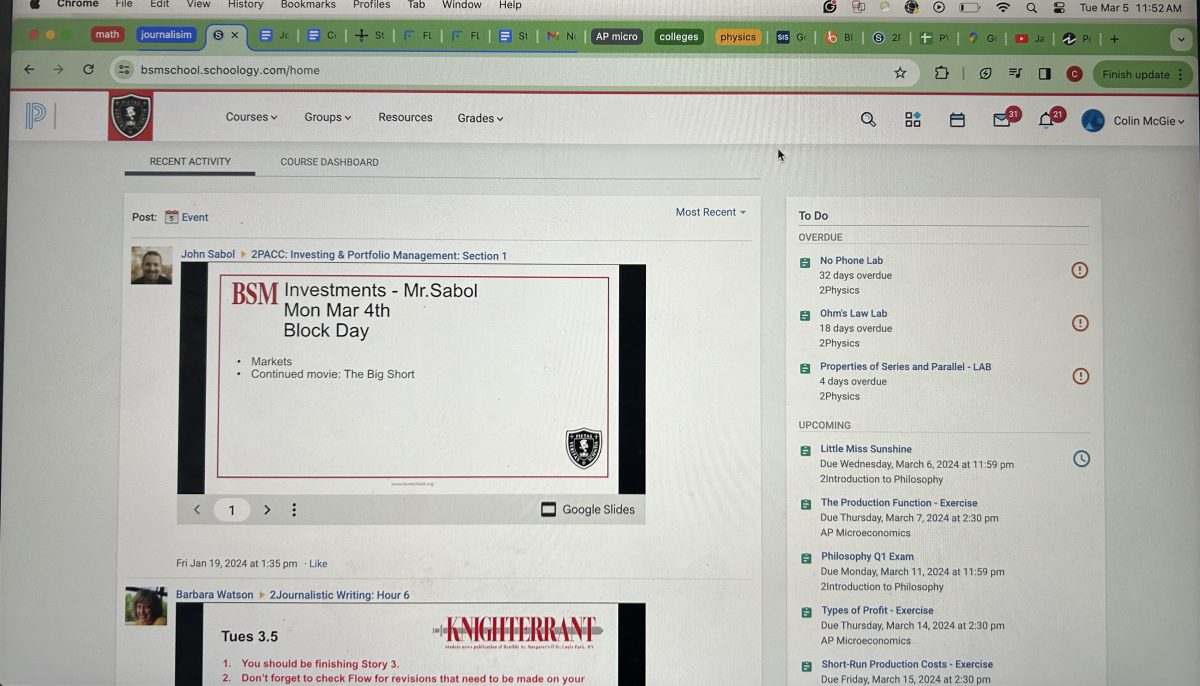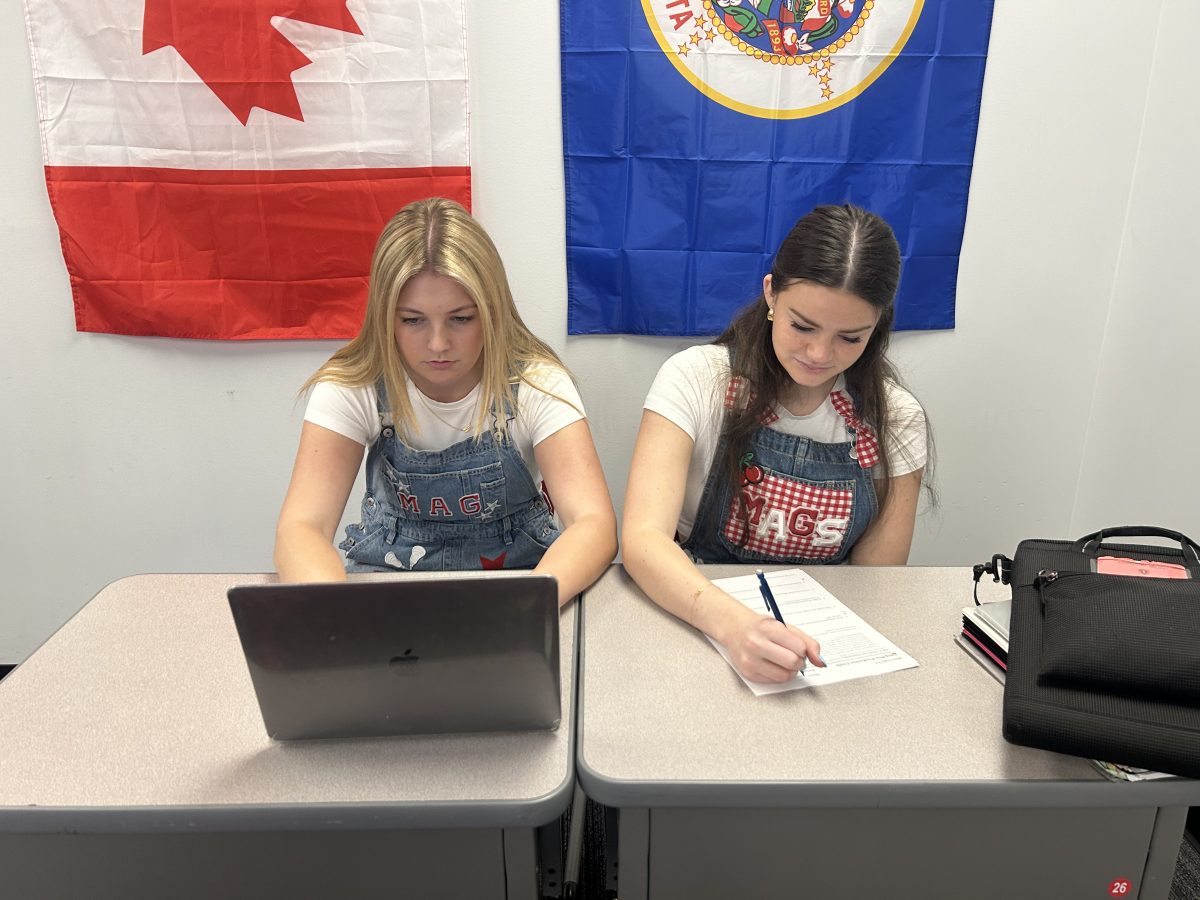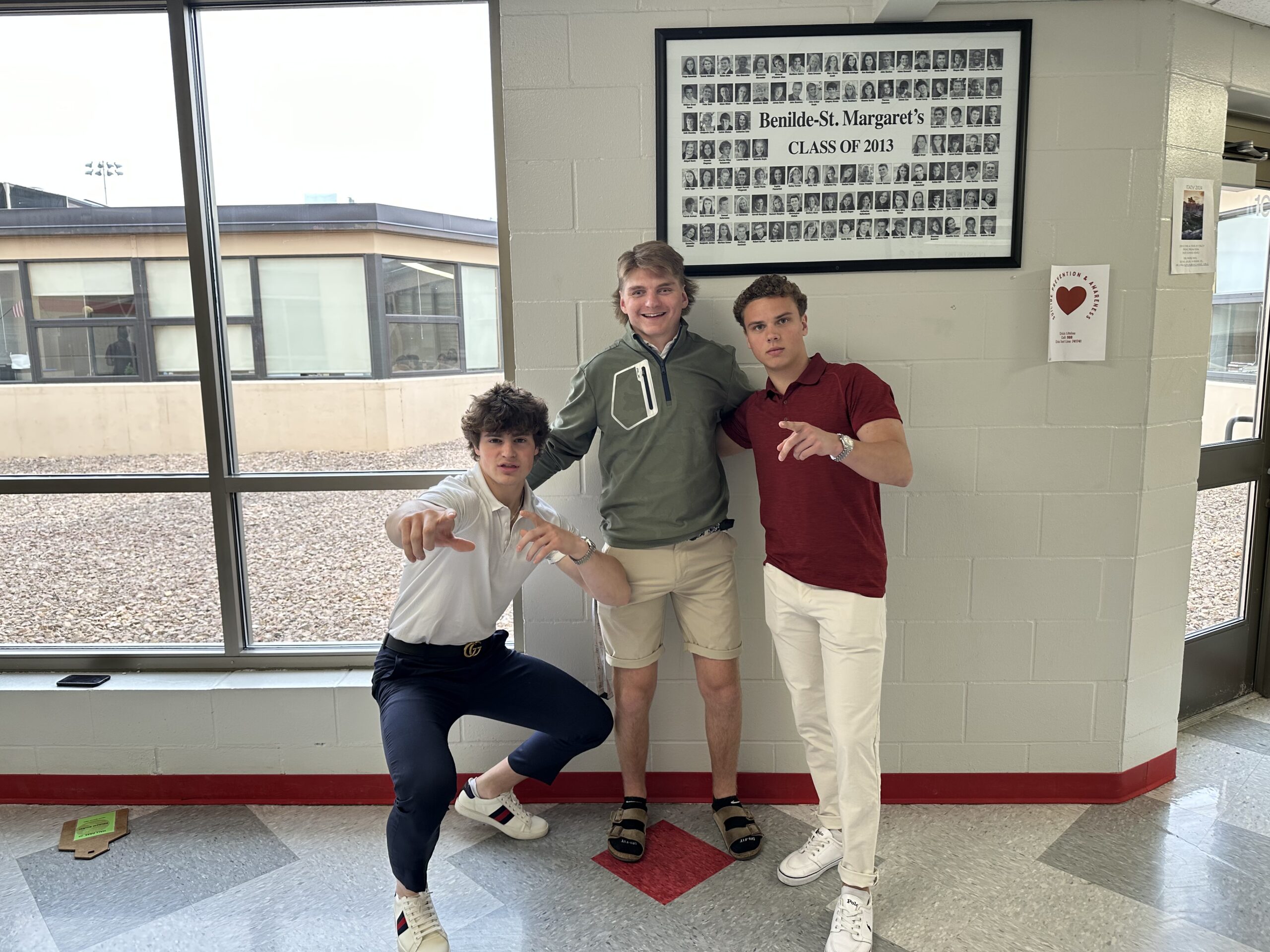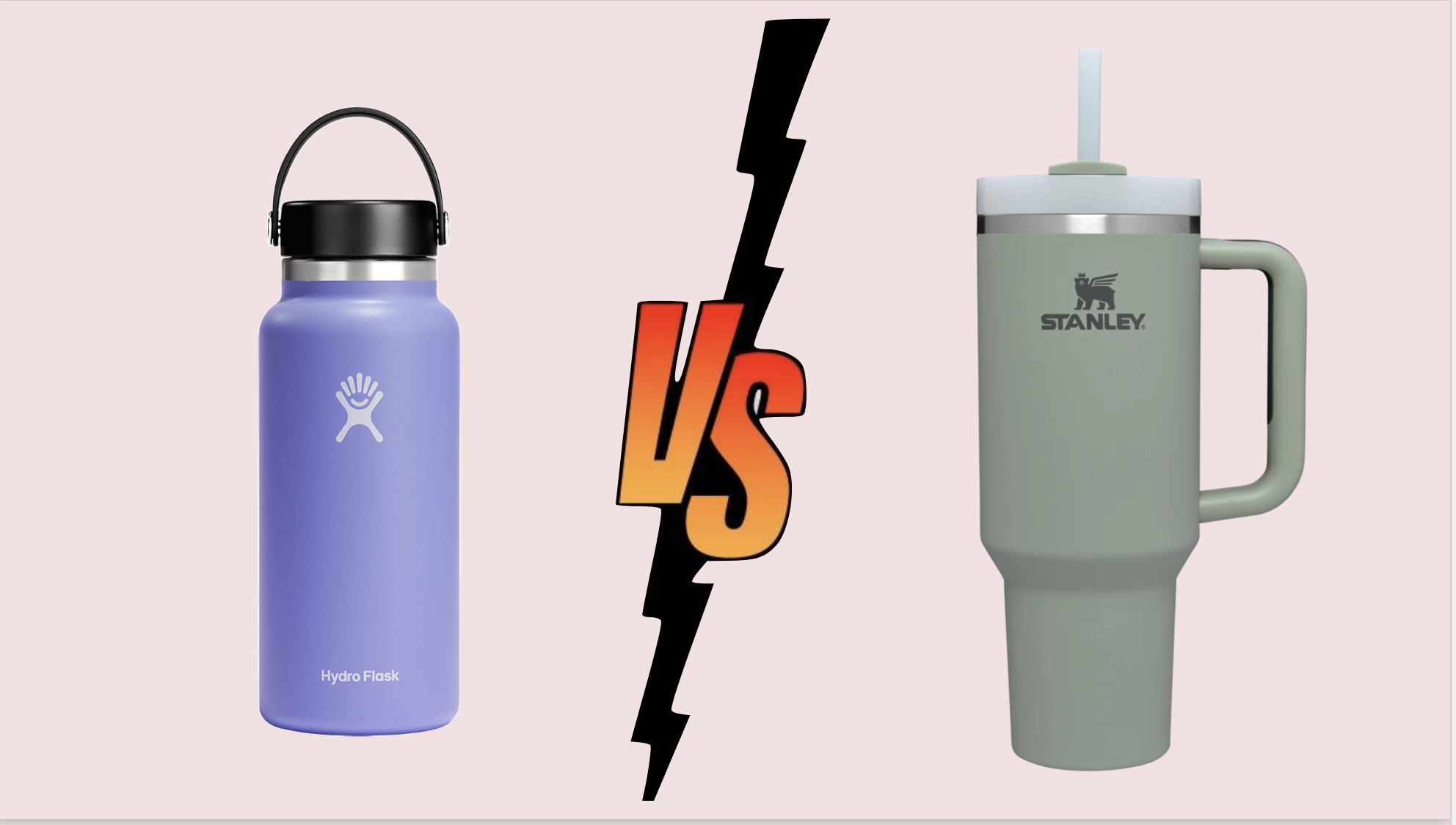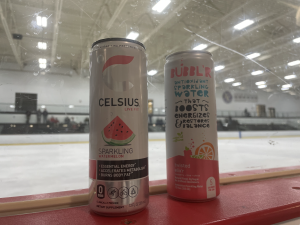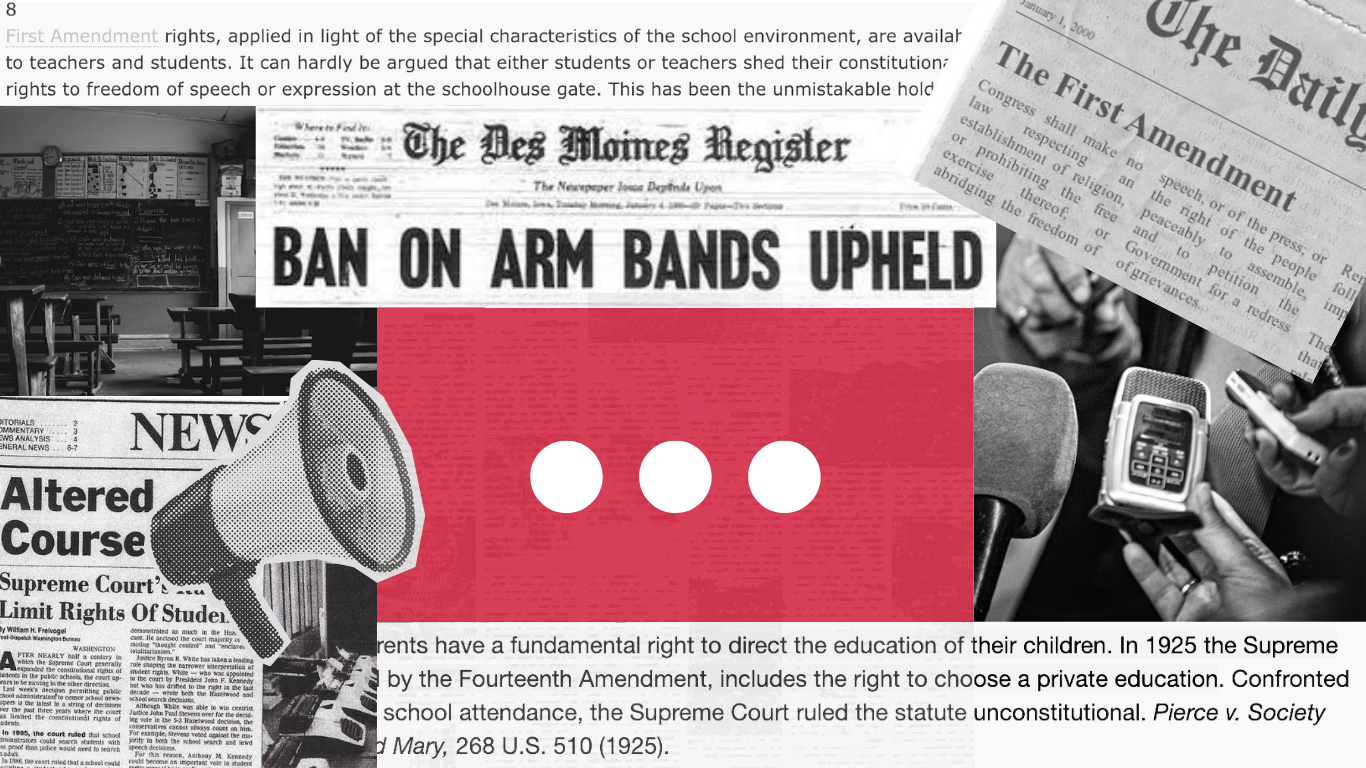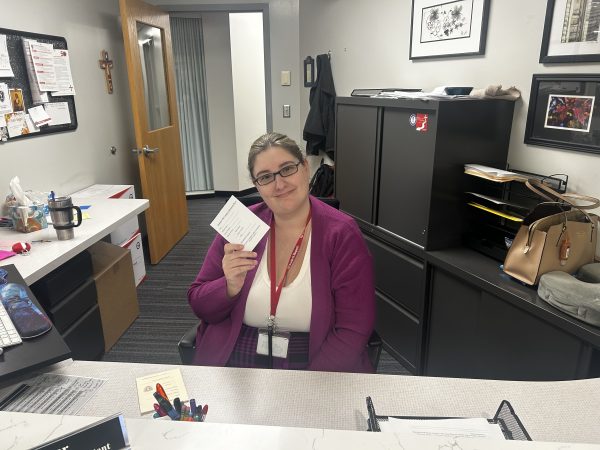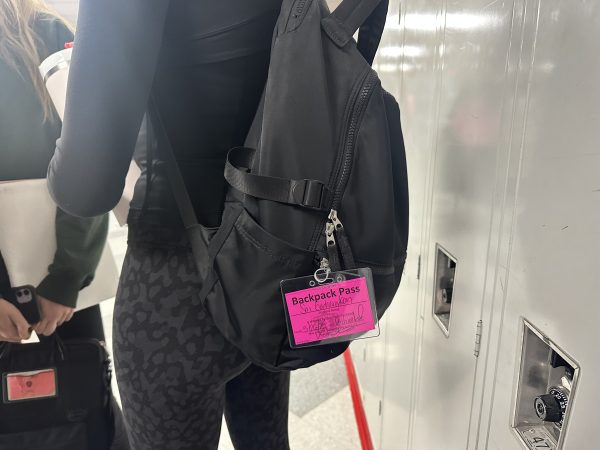Students gather to donate blood at NHS blood drive
Students that met the requirements donated blood at NHS’s semiannual blood drive. After donating blood, students received stylized bandages.
November 19, 2016
With another year and newly inducted NHS members, the blood drive sponsored by National Honors Society. This event is run by six student chairs and other NHS student volunteers. Junior chairs Megan Olk, Ben Larson, and Olivia Pohlen are new to working the blood drive, joining senior chairs Laura Deutz, Amira Carter, and McKenzie Dunleavy in organizing this event.
Being a chair is a popular job, so there aren’t enough spots available for all the students that want to be one. “16 people this year wanted this position, [so] I had to assign each person a number and roll dice,” Senior High Latin teacher and NHS adviser Mr. Rob Epler said.
[The blood drop costume is] a little smelly, and I can’t see, but everyone else seemed to like it.
— McKenzie Dunleavy
Behind the scenes, the chairs work hard to make the blood drive a success. While they campaign the week before the drive, one of the chairs gets to wear the blood drop costume and parade around the Commons during lunch, urging students to sign up. “The costume is not ideal. It’s a little smelly, and I can’t see, but everyone else seemed to like it,” Dunleavy said.
The chairs perform many tasks to make the blood drive possible. These jobs include getting students registered on the Memorial Blood Drive’s website, putting posters up around the school, helping with the event set-up, signing donors in on donation day, finding students that miss their appointments, and giving food and drink to donors. Although being a chair is a lot of work, the chairs enjoy some of these tasks. “My favorite part of being a chair is recruiting donors or calming students down on donation day,” Deutz said.
In order to give blood, students must be at least 16 years old and meet certain height and weight requirements. Among those that meet the height and weight requirements, there are some that have iron deficiency or other conditions that prevent them from donating blood. Because so few students meet these requirements, it is crucial to get the people who do meet them to sign up. Last year, around 40 to 50 units of blood were used, an impressive number considering how few students are able to donate blood.


